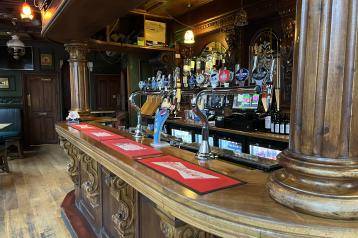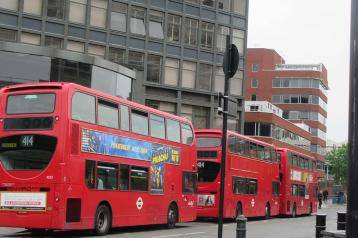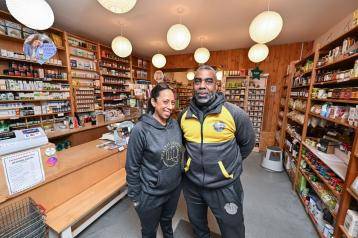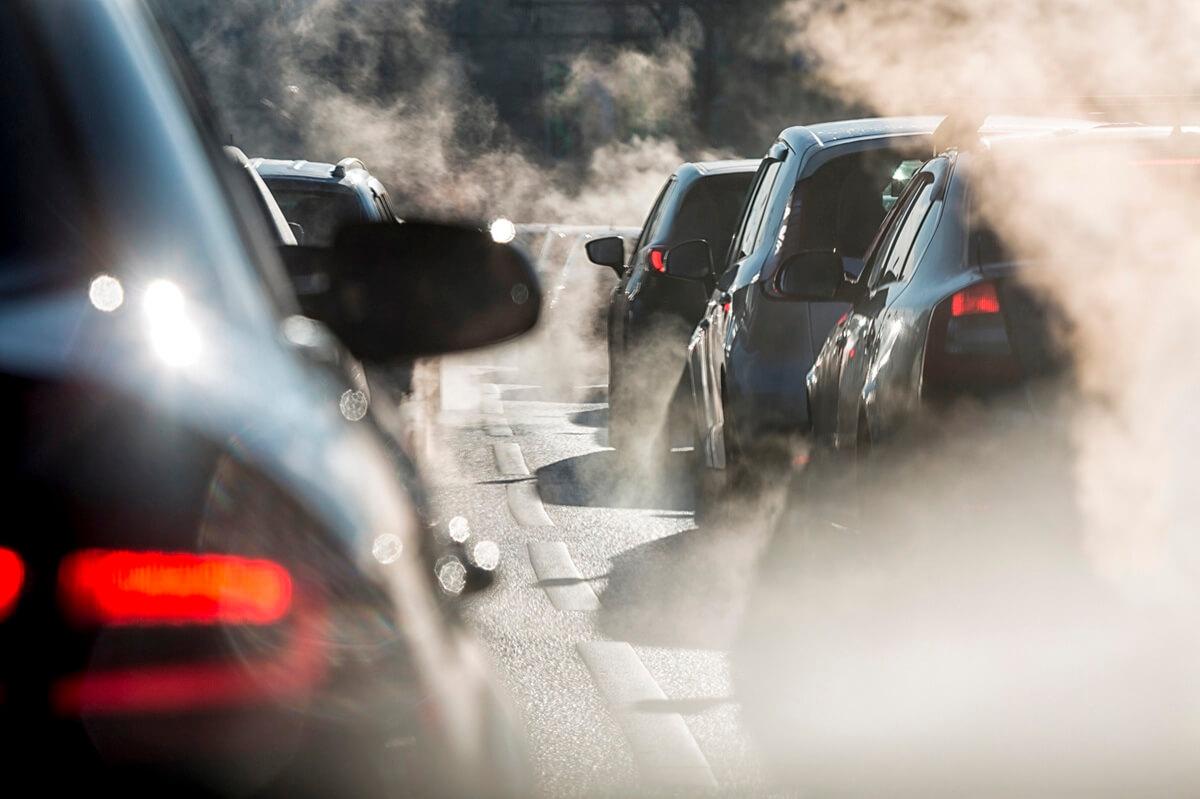
Nobody wants to drink a glass of dirty water. Yet roughly 18 times each minute we breathe in contaminated, poisonous air.
More than seven per cent of local deaths in 2022 were linked to toxic air. Which makes H&F the tenth worst area for air pollution in the country, according to Public Health England.
Each year around 36,000 premature deaths in the U K are linked to air pollution exposure – that's 20 times more than deaths caused by road traffic accidents.
Everyone in H&F – one of the most densely packed boroughs in the country – is affected by air pollution.
To make H&F cleaner, greener and safer we are cutting deadly nitrogen oxide (NOx) gases, reducing carbon emissions, while improving biodiversity and protecting nature.
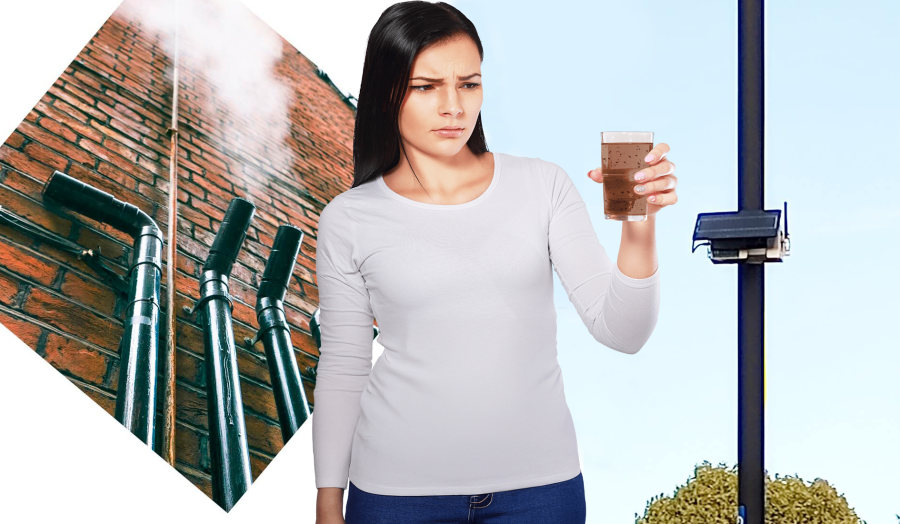
What is the problem?
Pollution comes from the fumes and tyres of vehicles on our roads, the gas boilers in our buildings, and from the dust generated by construction work.
The following facts are very clear from public health experts around the globe:
- There is no safe level of air pollution.
- Dirty air causes cancer, strokes, heart disease and dementia.
- It is particularly bad for young children, stunting their growing lungs, damaging developing organs and affecting their brain development.
- It is also bad for older people and those with pre-existing health conditions.
- And it affects those from our Black, Asian and wider minority ethnic groups, as well as those living on lower incomes.
We're working closely with the world-renowned experts at Imperial College London to understand and minimise these risks for local people.
What are we doing?
H&F has committed to meeting the ambitious World Health Organization targets for air quality by 2030.
Here are some of the actions we're taking to make H&F cleaner and greener:
- Reducing out-of-borough traffic cutting through our streets by introducing Clean Air Neighbourhoods in south Fulham.
- Planting more trees, including six Tiny Forests in Hammersmith Park, Eelbrook Common, Frank Banfield Park, Wormholt Park, Norland Open Space and Normand Park.
- Partnering with health and academic experts at Imperial College London and Imperial College Healthcare NHS Trust to create innovative solutions.
- Supporting the transition to electric vehicles with the densest network of charging points in the UK, while also encouraging car-sharing schemes.
- Reducing emissions from our buildings by replacing older boilers with clean heat networks and heat pumps, while helping residents and landlords upgrade to cleaner zero emission heat and power sources.
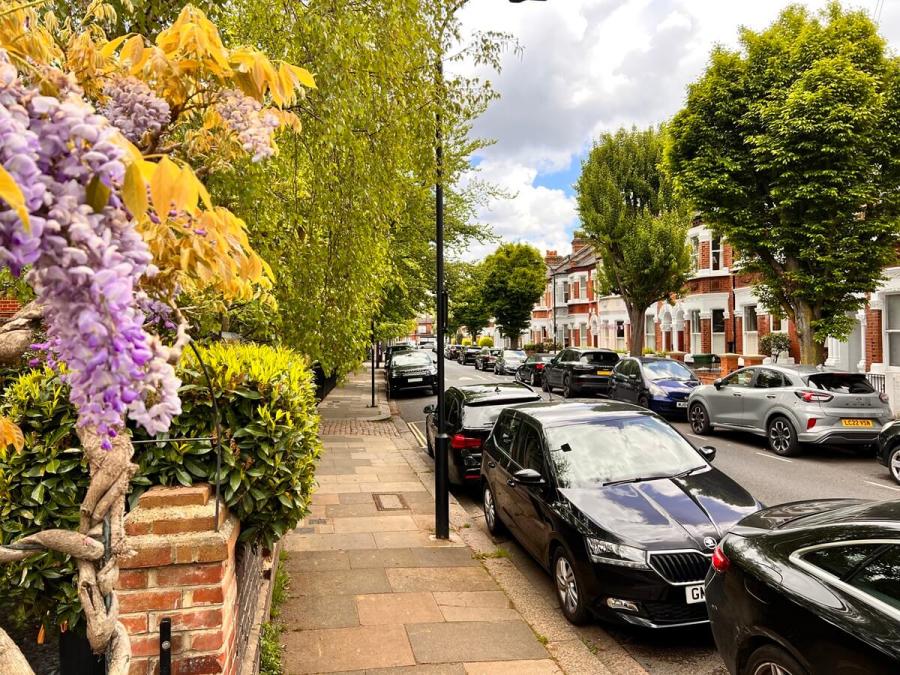
Clean Air Neighbourhoods
We have successfully worked with residents and businesses in south Fulham to reduce congestion and pollution in the streets to the east and west of Wandsworth Bridge Road.
We've installed smart technology cameras that prevent out-of-borough drivers – who are not stopping to work, shop or visit friends and family – from using our residential streets as cut-throughs. Local businesses have been given special permissions to allow their shoppers, staff and deliveries free access to the area, as normal.
Now 15,000 fewer cars a day are cutting through, clogging up and polluting the side streets. The roads are quieter and safer for pedestrians and cyclists too, because of the reduction in traffic.
We've slashed an estimated 1.9 tonnes of climate damaging carbon emissions and 1.35kg less deadly nitrogen oxide (NOx) every day.
We've installed the largest air quality monitoring network in Europe, with the positive data confirming significant air quality improvements in south Fulham.
By working together we can improve the air we breathe and the health and wellbeing of everyone who lives in, works in, or visits our great borough.
RESULT! Cleaner & safer in SW6
- 15,000 fewer cars cutting through daily
- 1.9 tonnes of carbon emissions slashed
- 1.35kg less deadly nitrogen oxide every day
